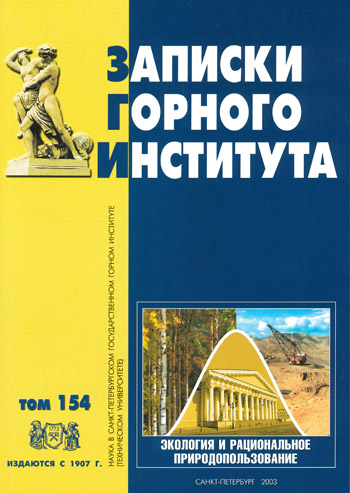Mathematical modeling and forecasting the consequences of accidents on the main oil product pipeline
Authors:
About authors
- 1 — Vladimir University
- 2 — Vladimir University
- 3 — Vladimir University
- 4 — Vladimir University
- 5 — Vladimir University
- 6 — Vladimir University
Abstract
To solve the problem of predicting the consequences of an emergency situation of an oil spill during an accident on an oil pipeline on the basis of GIS-technology, a mathematical model of the distribution of impurities in the atmosphere was built and a visual form of the consequences of impurities on the electronic map was obtained.
Область исследования:
(Archived) Problems of predicting and preventing emergencies and their consequences
Similar articles
Radar complex for remote monitoring of the Neva Bay
2003 A. V. Barkhatov, S. P. Kalenichenko, V. M. Kutuzov, A. G. Popov
Methodology for the integrated use of natural resources and technogenic objects of the Aldan ore region
2003 V. E. Boitsov, G. N. Pilipenko
Dynamics of changes in floodplain forest ecosystems under conditions of anthropogenic processes (the example of the Western Caucasus)
2003 V. A. Alekseenko, A. B. Sannikova
Method for assessing and improving the reliability of mine ventilation systems
2003 O. V. Skopintseva
